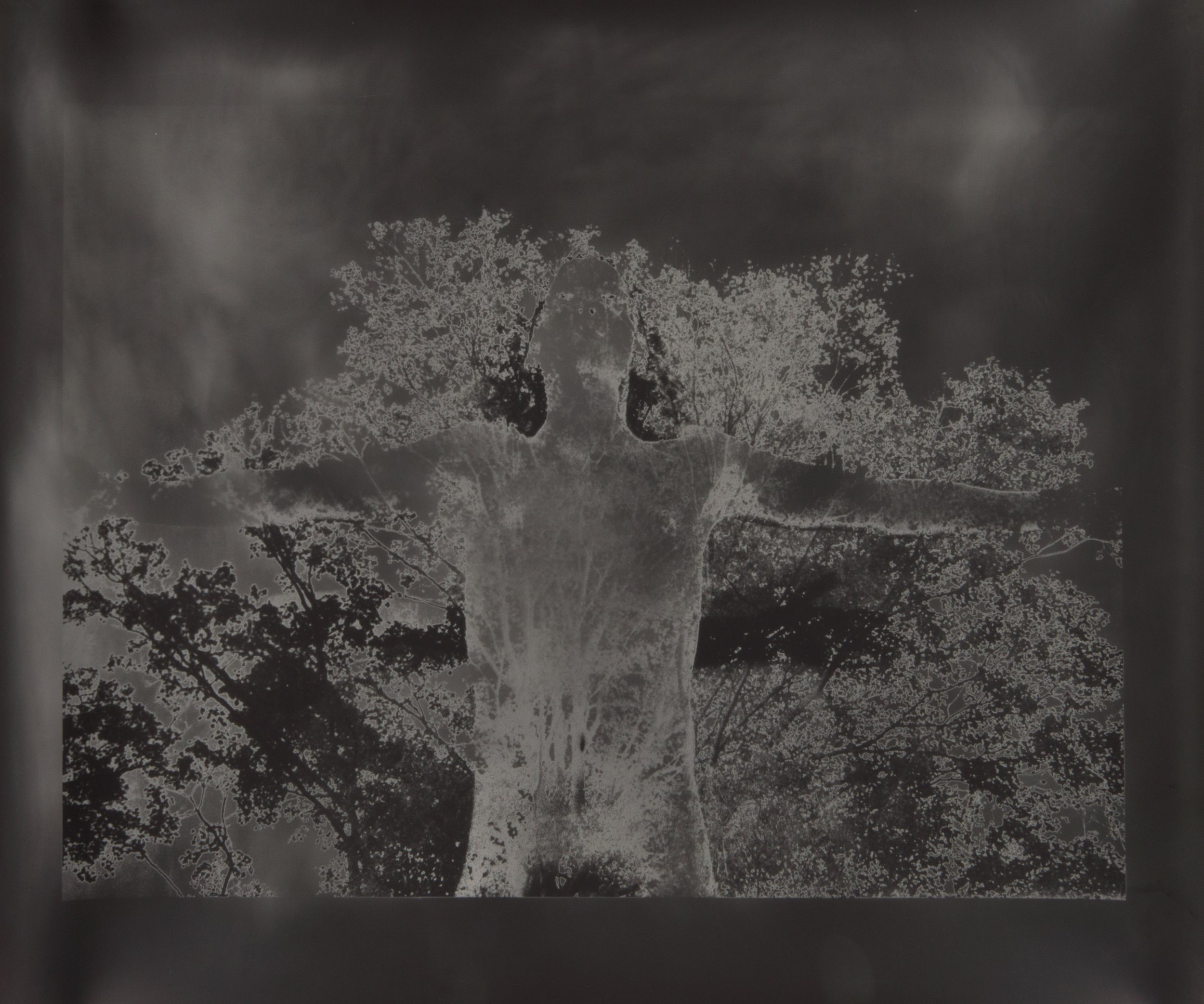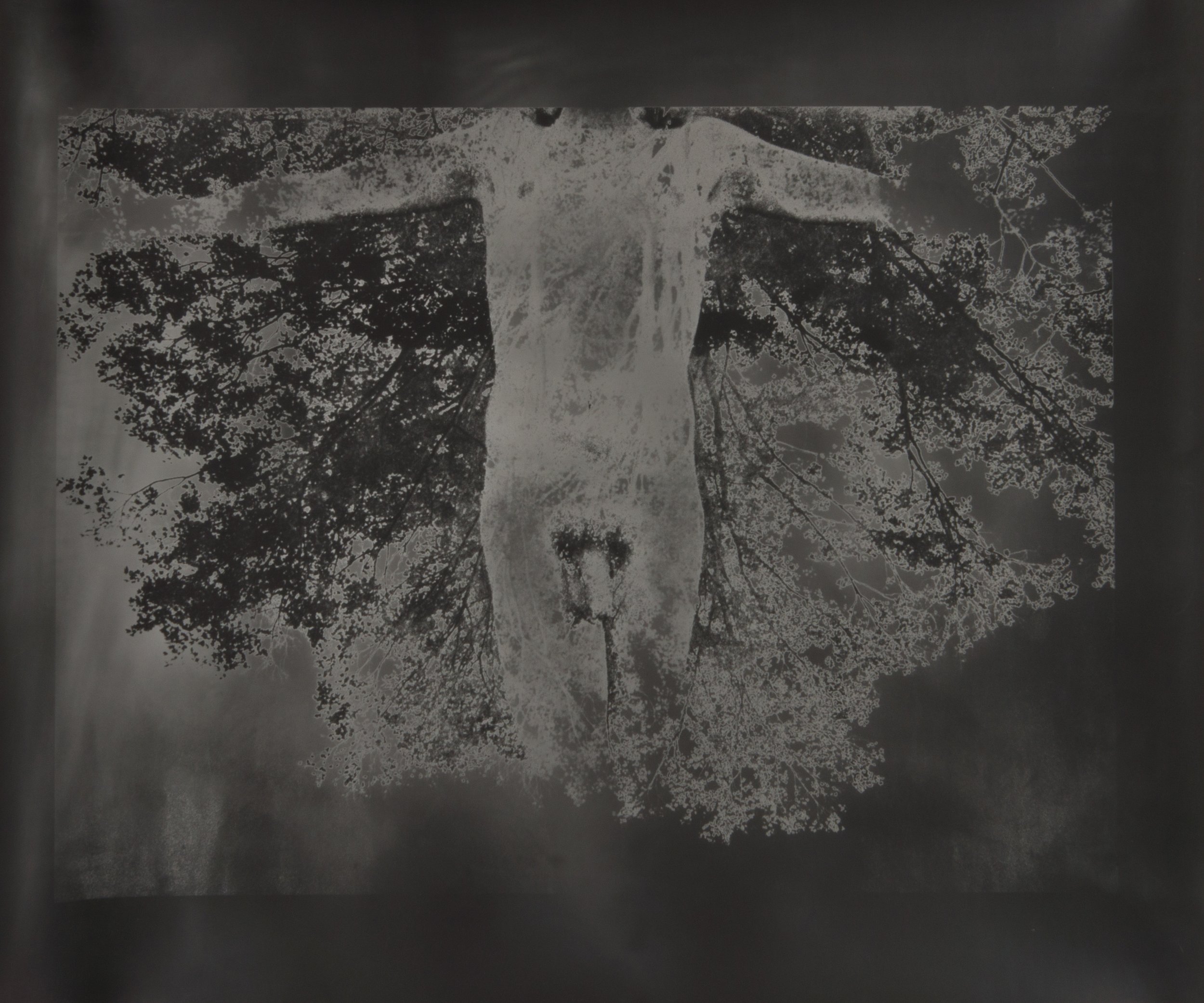Chaotic Good, the University at Buffalo Department of Art’s Spring 2020 Exhibition, was curated by Tina Rivers Ryan, Assistant Curator at the Albright-Knox Art Gallery. The show, installed in the University at Buffalo Gallery, never opened for public viewing due to the Covid-19 pandemic. On the show, Ryan wrote:
“Our lives are ruled by chaos. Against the backdrop of endless humanitarian catastrophes, we wrestle with the daily disruptions of complex economic, political, and technological forces beyond our control. Inequality, disinformation, virality: ours is an age of destabilization and of rapid change that never stops crashing over us and shifting the sand under our feet. What does it look like to grab a hold, to come up for air?
The artworks in this exhibition explore what it’s like to live with chaos, each wresting order from disorder—or disorder from order—in different ways. Whether the chaos is emotional or physical, temporal or spatial, bodily or environmental, they make meaning out of the messiness.
As Eve learned when she bit into the apple, chaos can be evil. Death haunts the living. Objects atrophy. Gods play games with us. Relationships turn to shit. The paranormal becomes normal. And yet artists persist: they translate pain into painstaking embroidery; displacement into the taking up of space; shadowy memories into concrete layers of paint; electronic signals into signs of life. The only way forward is through.”
Other artists featured in the show included Ulysses Atwhen, Leanne Goldblatt, Karis Jones, Tanner Petch, John Santomieri, Felipe Shibuya, DaVideo Tape, and Sara Zak.
This body of work was completed in the fall of 2019, during my first semester of graduate studies. A “happy accident” while developing slide film from a studio shoot produced the red/green coloration on the apple triptych, and launched several subsequent bodies of work exploring similar methods. The center piece, a digital collage printed on a translucent fabric, came out of several years of previous digital experimentation. The black and white triptych was comprised of solarized double exposures on silver gelatin paper, the compositions giving rise both to western iconography of the crucifixion as well as early pictorialist photographs blending the body with nature.








